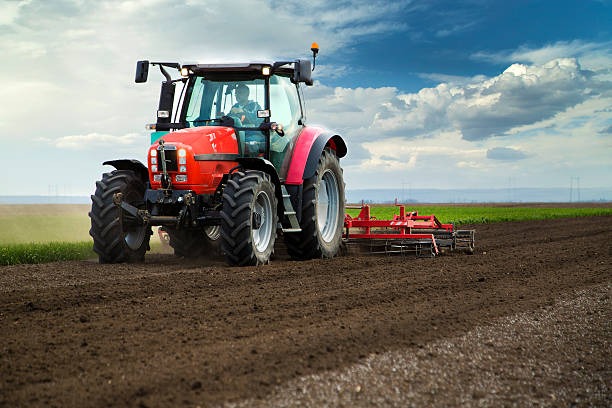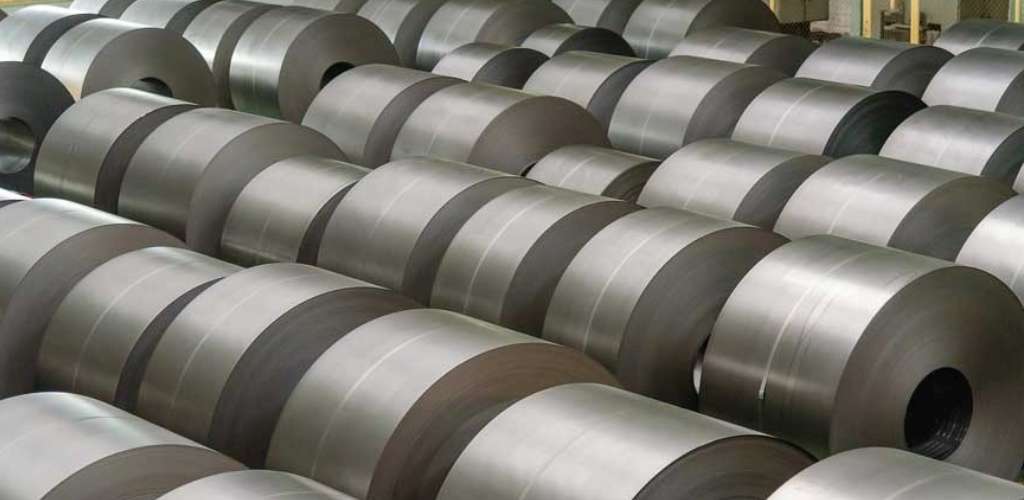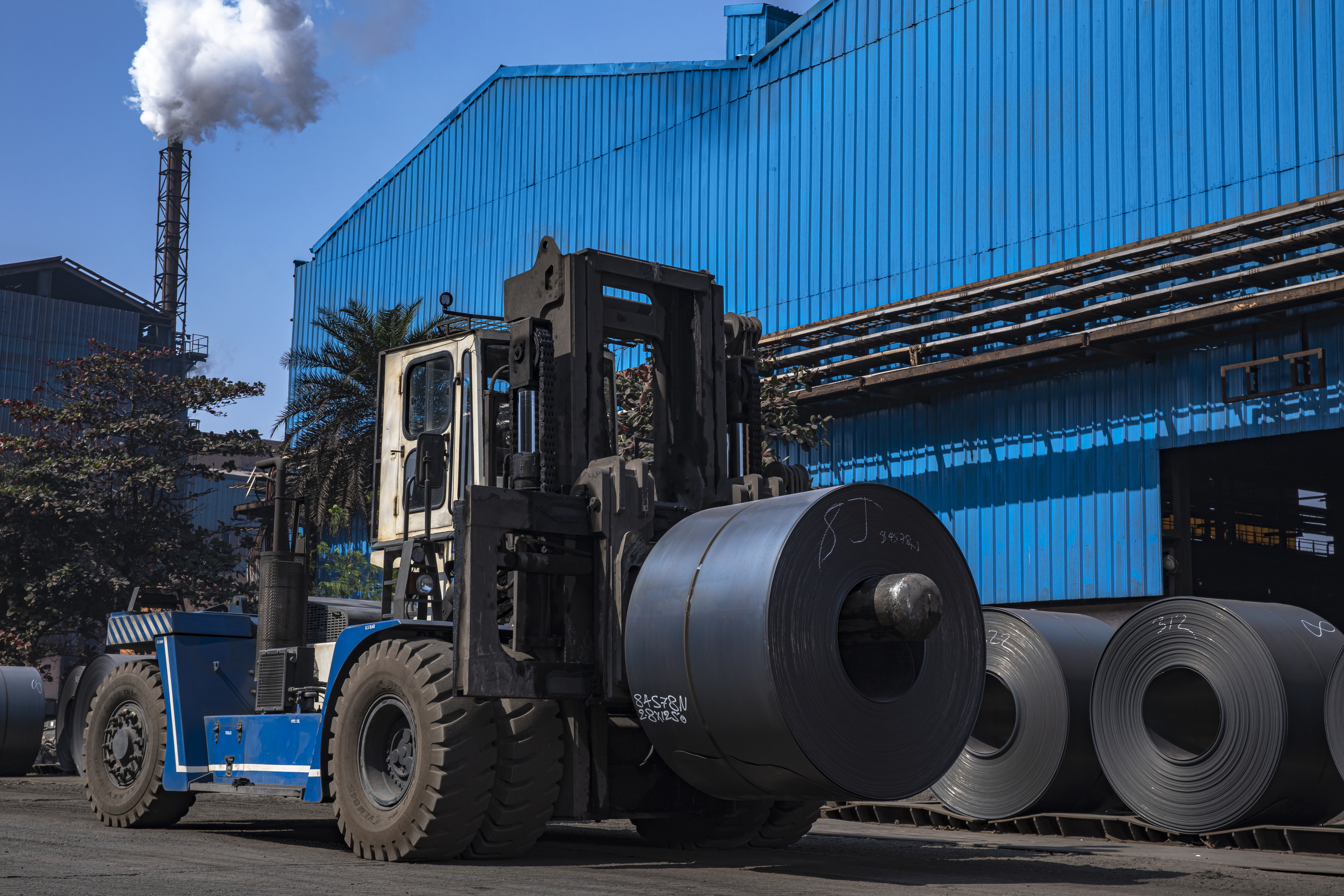
How Thickness and Width Impact the Performance of Hot Rolled Steel Sheets
When it comes to building and factory work, you can't go wrong with steel. They're strong and easy to shape. Hot-rolled steel sheets are made by when steel is heated and pressed into flat sheets.
Their thickness and width determine their performance a lot.
AM/NS India's stallion steel has loads of apications and they are very easy to mold into desired shapes. Their thickness determine how much weight they can take. Thicker ones are better for heavy-duty tasks, like supporting big structures or machinery, since they won't bend easily.
Thinner sheets, though, are lighter and can be shaped more easily, making them handy for things like panels or parts that need to be curved.
Thickness and its Effect on Hot Rolled Steel Sheet in Coil
The thickness of a hot-rolled steel sheet in coil makes a big difference in how strong and durable it is. The sheet is rolled into a coil, often for roofing and walls.
A thicker hot rolled steel sheet in coil can take more pressure without deforming, which is perfect for buildings that need to stand up to harsh conditions, like strong winds or heavy snow.
Thinner ones from a hot-rolled steel sheet in coil are easier to cut and shape. These rolled sheets are great for lighter projects, like car parts or smaller structures.
Picking the right thickness for your hot rolled steel sheet in coil depends on what you need it for - whether you're looking for something tough or something easier to work with.
Width's Impact on Hot Rolled Coil Performance
Wider sheets find applications in larger areas. This helps in big projects like roofing or siding.
Such sheets cause fewer seams. making the structure stronger and less likely to have weak spots. For this reason, these coils are preferred a lot for large-scale construction.
Narrower sheets made from a hot rolled coil, find higher preference for smaller or more detailed work.
They're easier to fit into tight spaces and more manageable, such as making small machine parts or panels. But these sheets might need more joints, making the final product less sturdy.
The project's size and requirement will help you determine the width of your hot rolled coiled sheets.
Why Thickness and Width Are Important for Hot Rolled Steel
The thickness and width of hot-rolled steel sheets do have a say in the performance of the project. The thicker ones are stronger, and he thinner ones can be easily bent.
The wider ones cover more space with fewer seams, but a narrower one works better for smaller jobs.
Conclusion
Getting the right thickness and width for your hot-rolled steel can make or break your project. Whether you're building something big or working on smaller task, these factores help you pick the best material.
Hot rolled steel sheets, when they are sized right, will do the job well and last a long time, and this is where AM/NS comes in.
Explore our latest Post
- Market Dynamics: Analyzing The Demand And Supply Of Hot Rolled Steel In India
- Hot Rolled Steel Sheets And Coils: Versatile Industrial Materials
- The Role Of AM/NS Stallion In Improving Modern-Day Agriculture
- The Manufacturing Process Behind Hot Rolled Steel
- Hot Rolled vs Cold Rolled Steel: Understanding the Differences



